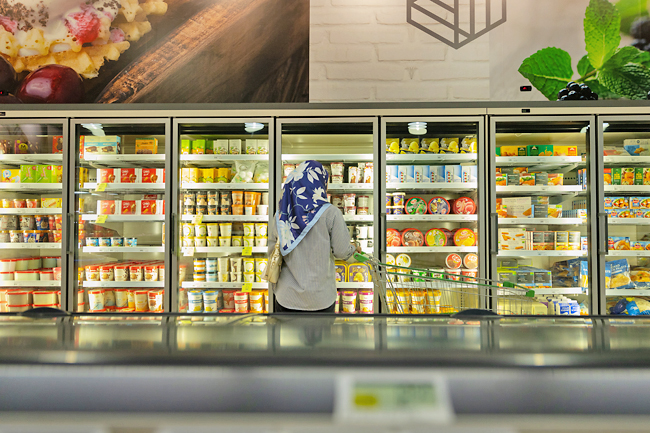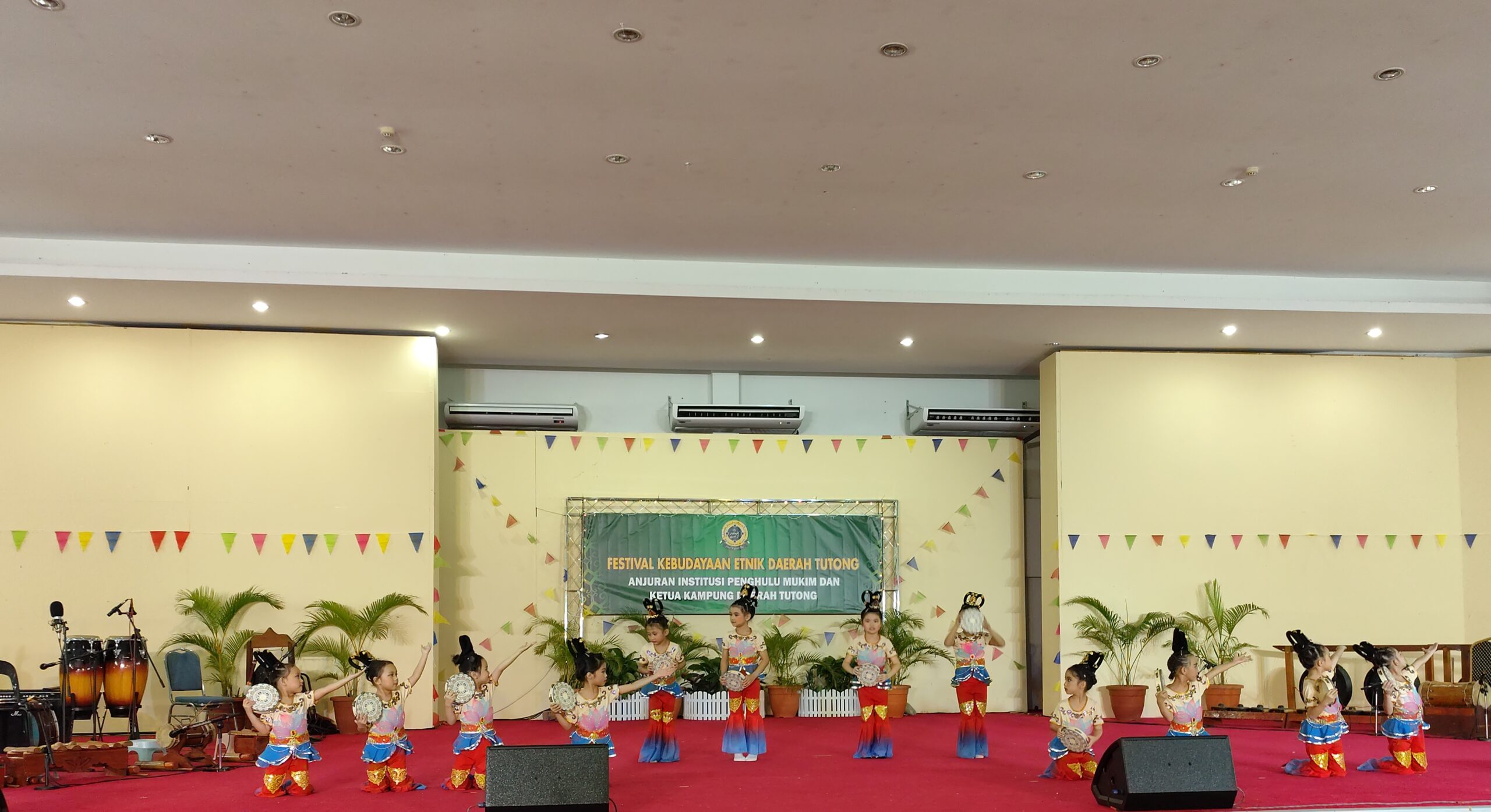Brunei Darussalam’s economy is forecast to grow 2.4 per cent this year, the ASEAN+3 Macroeconomic Research Office (AMRO) said on Thursday.
The forecast was higher than last year’s which was at 0.2 per cent.
The Philippines’ growth is forecast to be the highest among ASEAN members nations at 6.3 per cent, ahead of Cambodia (6.2), Vietnam (six), Indonesia (5.2), Malaysia (five), Laos (4.7), Thailand (3.3), Myanmar (3.2), Singapore (2.6), and Brunei.
In its report on the Sultanate last month, AMRO said the growth this year will be led by the non-oil and gas sector.
Robust activities in the agri-food, finance, transportation, and tourism subsectors are expected to offset the slow activities in the upstream oil and gas production.
The report added that the non-oil and gas sector continuing to show positive performance driven by the services sector, reflecting the activity in the finance and transport subsectors, as post-pandemic recovery gains traction.
In contrast, rejuvenation effort in the oil and gas sector has proven to be more challenging thus far but is expected to contribute to an improved production in the near future. In the downstream industry, prospects remain positive, with planned diversification into other new products, lending support to growth in the near term.

In the longer term, the government remains committed to diversifying the economy towards a sustainable and low-carbon economy.
Meanwhile, AMRO maintained its 2024 growth forecast of 4.5 per cent for the ASEAN+3 region in its January quarterly update of the ASEAN+3 Regional Economic Outlook.
“Strong domestic demand amid moderating inflation and continuing improvement in trade will propel growth, despite uncertainties surrounding the global outlook,” the report said.
“The ASEAN+3 region is forecast to end 2023 with a full-year growth of 4.4 per cent, slightly higher than last October’s projection of 4.3 per cent. The upward revision reflects the higher growth of 5.2 per cent for China, up from last quarter’s forecast of 5.0 percent.
“Stabilising industrial and services activities in the Chinese economy are helping to provide additional momentum to the region in 2024, alongside gradual improvement in exports to other key markets.”
Meanwhile, AMRO Chief Economist Hoe Ee Khor said, “The recovery in the global tech cycle is starting to be felt in the region’s export performance, especially for electronics.
“But non-tech exports are lagging behind in terms of recovery, which is why recent manufacturing sentiment surveys are relatively mixed.”
Price pressures continue to recede across member economies, mirroring the trend in global commodity prices.
Inflation in the ASEAN+3 region – excluding Laos and Myanmar – is forecast to moderate to 2.6 per cent this year from an estimated 2.8 per cent for 2023. However, upside risks to inflation remain salient, and core inflation continues to be high in many economies.
“Spiking global commodity prices remains the key risk to growth, but there are several other wildcards. We still cannot rule out a United States (US) recession, for one,” Khor cautioned.
“The lead-up to the US election in late 2024 could also exacerbate policy uncertainty and volatility in financial markets.”
AMRO estimates that a recession in the US and euro area this year could potentially slash the region’s gross domestic product growth by half.
The negative impact on the region’s growth would be amplified if the momentum in China’s economic recovery weakens in tandem. – Azlan Othman

















